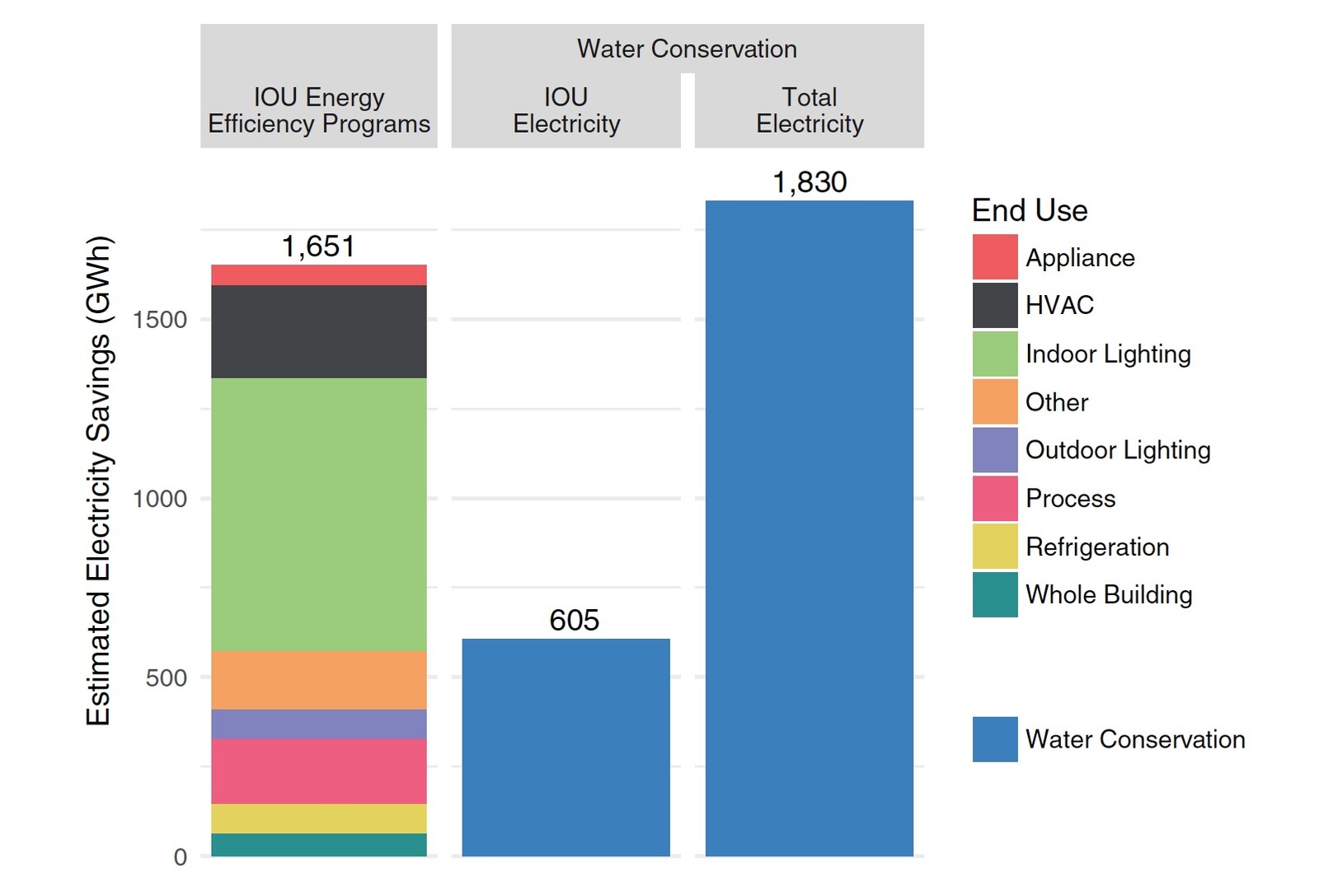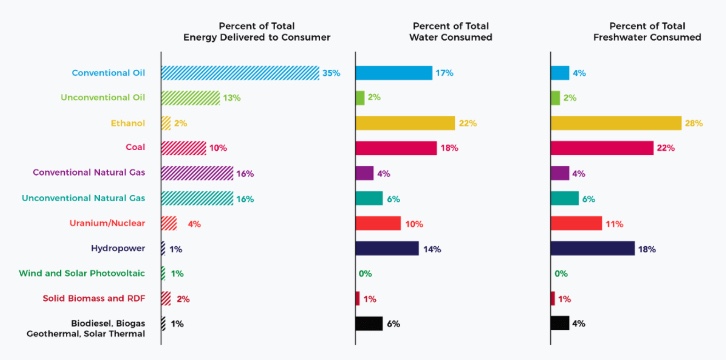When Gov. Jerry Brown called on Californians to reduce their water use by 25 percent in response to a four-year drought, it seemed like an impossible goal. But between June 2015 and April 2016, when restrictions were in effect, residents actually reduced the amount of water they used by 24.5 percent or 524 billion gallons.
Further research revealed additional unexpected side effects to this massive water conservation experiment. California residents weren’t just saving water, they were also saving energy.
“The severity of this drought created a unique circumstance that allowed us to make a natural experiment,” said Edward Spang, associate director of the Center for Water-Energy Efficiency at UC Davis. “We wanted to demonstrate that there were additional benefits to all the hard work that everyone did to save water.” 1
Water Conservation Effort Saved Enough Electricity to Power 274,000 Homes
According to the UC Davis report, state residents saved 1830 gigawatt hours of electricity – enough to power 274,000 average homes for a year. That electricity savings translates to a reduction of 521,000 metric tons of greenhouse gases, the equivalent of taking about 110,000 cars off the road for one year. 2

The massive amount of energy saved led Spang and his team to conclude that water conservation should be included among California’s initiatives to reduce overall energy consumption. In fact, the 24.5 percent mandatory water reduction saved 11 percent more electricity than all of the energy efficiency programs of the state’s investor-owned utilities (IOU) combined (Figure 1).
Figure 1. Electricity savings from IOU EE programs (July 2015 – June 2016) by end use category vs estimated electricity savings from statewide water conservation (June 2015 – May 2016).
A large portion of the electricity savings was driven by water conserved by residents of the South Coast region in Southern California. The South Coast receives most of its water from the State Water Project and the Colorado River, both of which require the water to be transported great distances. The South Coast also happens to be the largest consumer of water from all the state’s hydrologic zones by far. So, the energy intensity is amplified by the high level of consumption.2
“The scale of these integrated water-energy-greenhouse gas savings, achieved over such a short period, is remarkable,” said Frank Loge, a co-author of the study and a professor of environmental engineering at UC Davis. “Even more interesting is that the cost of achieving these savings through water conservation was competitive with existing programs that specifically target electricity or greenhouse gas reductions.” 1
The Connection Between Water and Energy
It is well established that the water and energy utility sectors are interrelated and interdependent. Water is used to produce energy, and energy is used to transport, treat, and heat water.
California has one of the most energy-intensive water systems in the nation. Its large water conveyance systems deliver water from wetter Northern California to drier Southern California, which use a lot of energy. Delivery, treatment, and heating of water represents 20 percent of total electricity and 30 percent of natural gas used by the state.
Prof. Loge cited the study as evidence that water and energy utilities should work together on policy changes that would allow energy efficiency funds to be used toward water conservation.3 This conclusion is further strengthened by considering the combined benefits of water, electricity, and GHG savings from cost-effective water-focused conservation programs.

Another study recently published by the USC School of Engineering found that the United States consumes trillions of gallons of freshwater every year to produce, process and transport energy. Figure 2 illustrates the exact amount of freshwater consumed for each energy source. Ethanol, coal and hydropower consume 48 percent of the freshwater used to produce, process and transport energy. Together, they generate only 13 percent of the nation’s total energy.4
Figure 2. The amount of water consumed during the production, processing, conversion and delivery of primary energy sources utilized in the US.
Sources:

